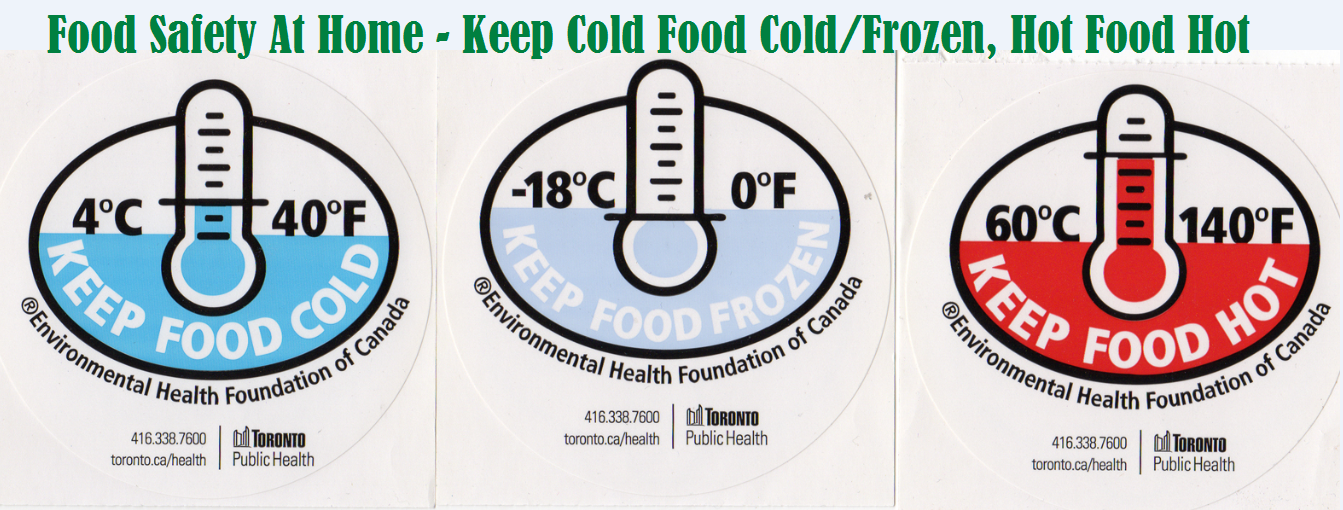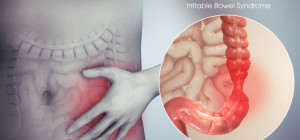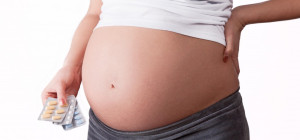 In the following article, we are going to discuss the basic principles of preserving hot food in the most appropriate conditions. The infographic below summarizes the 4 basic rules for food safety.
In the following article, we are going to discuss the basic principles of preserving hot food in the most appropriate conditions. The infographic below summarizes the 4 basic rules for food safety.
 You’ve probably attended some sort of social gathering at which the eatables on the hot food bar were lukewarm, or even chilly, by the time you got to them. However, cold food that’s supposed to be hot can do more than put a damper on an otherwise pleasant party, picnic, or barbeque. When hot food isn’t hot enough, it can actually pose a danger to food safety and put your guests at risk.
You’ve probably attended some sort of social gathering at which the eatables on the hot food bar were lukewarm, or even chilly, by the time you got to them. However, cold food that’s supposed to be hot can do more than put a damper on an otherwise pleasant party, picnic, or barbeque. When hot food isn’t hot enough, it can actually pose a danger to food safety and put your guests at risk.
Know the Correct Temperatures
Food that’s supposed to be hot should be maintained at a temperature of at least 140 degrees Fahrenheit, although 165 degrees Fahrenheit is even better. Refrigerated food, on the other hand, should be kept at a temperature of 40 degrees Fahrenheit or lower. Anything that falls between the range of 40 and 140 degrees Fahrenheit has the potential to develop harmful bacteria that can cause symptoms of food poisoning.
Obtain the Proper Tools
The best weapon you can have in your arsenal against harmful food-borne bacteria is a meat thermometer. Though they are called meat thermometers, they can be used on any type of food, and they eliminate the guesswork in trying to determine whether hot or cold items are at the correct temperature.
If you’re serving a buffet-style dinner, there are tools available for you to maintain hot foods’ temperature until everyone has been served.
Observe the Two-Hour Rule
Despite your best efforts, the reality is that you may not always be able to maintain your hot food bar at an optimal temperature to prevent bacteria growth. If this is the case, remember the two-hour rule. That is, food that is kept at room temperature, or between the temperature extremes of 40 and 140 degrees Fahrenheit, should only be left out for two hours at the maximum, after which time it should either be reheated or put away.
If you have any doubts about food safety, the best course of action is to throw the food out. When it comes to bacteria with the potential to cause food poisoning, you don’t want to take any chances.







